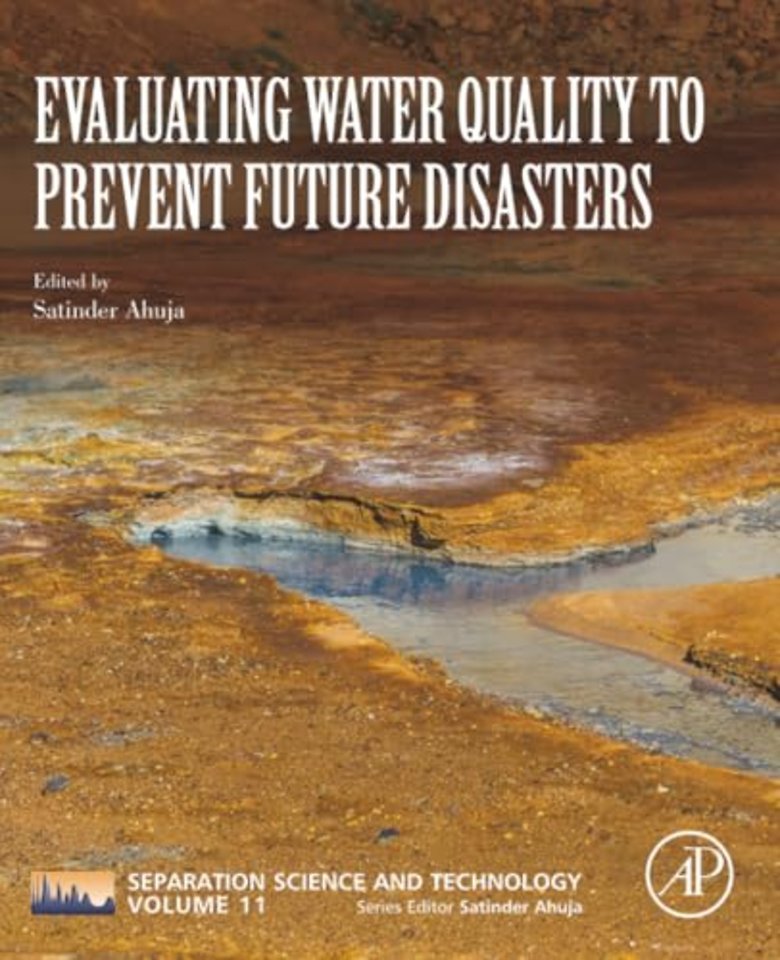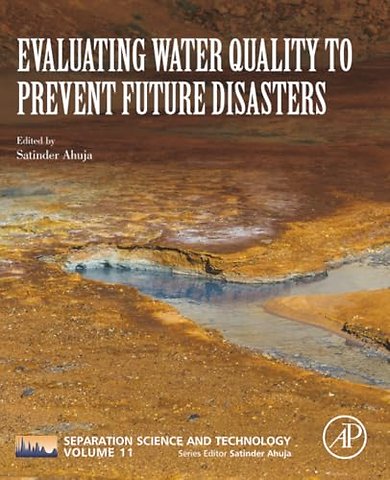<p>1. Overview: Evaluating Water Quality to Prevent Future Disasters<br>2. The Heat Is On: Complexities of Aquatic Endocrine Disruption in a Changing Global Climate<br>3. Impact of Persistent Droughts on the Quality of the Middle East Water Resources<br>4. Present and Potential Water Quality Challenges in India<br>5. Arsenic Contamination in South Asian Regions: the Difficulties, Challenges and Vision for the Future<br>6. Cyanobacteria and Their Toxins<br>7. Educational Partnerships Combined with Research on Emerging Pollutants for Long-Term Water-Quality Monitoring<br>8. Evaluation of the Toxicity of the Deepwater Horizon Oil and Associated Dispersant on Early Life Stages of the Eastern Oyster<br>9. Analytical Methods for the Comprehensive Characterization of Produced Water<br>10. Innovations in Monitoring with Water-Quality Sensors with Case Studies on Floods, Hurricanes, and Harmful Algal Blooms<br>11. Biosensors for Monitoring Water Pollutants: a Case Study with Arsenic in Groundwater<br>12. Investigating the Missing Link: Effects of Noncompliance and Aging Private Infrastructure on Water-Quality Monitoring<br>13. GenX Contamination of the Cape Fear River, North Carolina: Analytical Environmental Chemistry Uncovers Multiple System Failures<br>14. Analysis of GenX and Other Per- and Polyfluoroalkyl Substances in Environmental Water Samples<br>15. Sustainable Magnetically Retrievable Nanoadsorbents for Selective Removal of Heavy Metal Ions from Different Charged Wastewaters<br>16. Lessons Learned from Water Disasters of the World</p>

